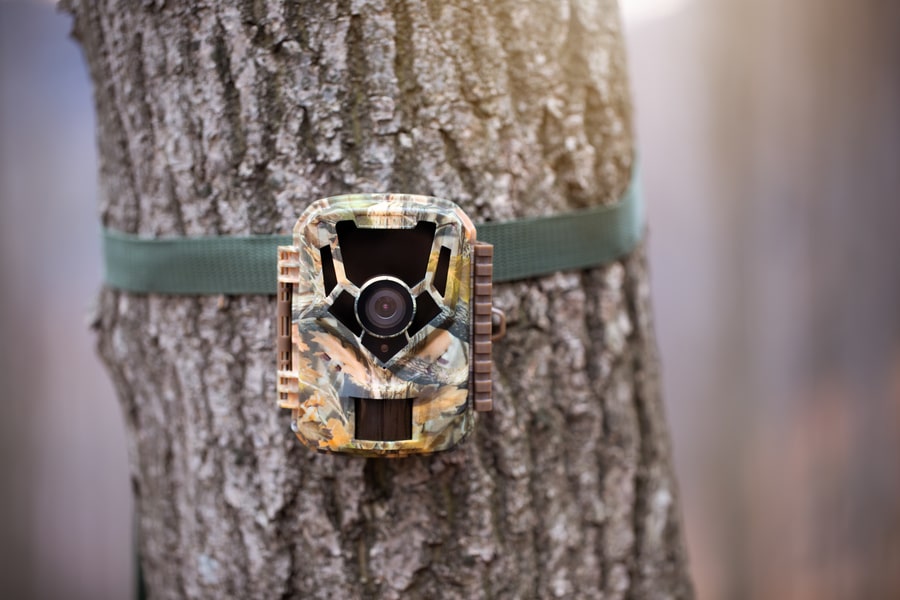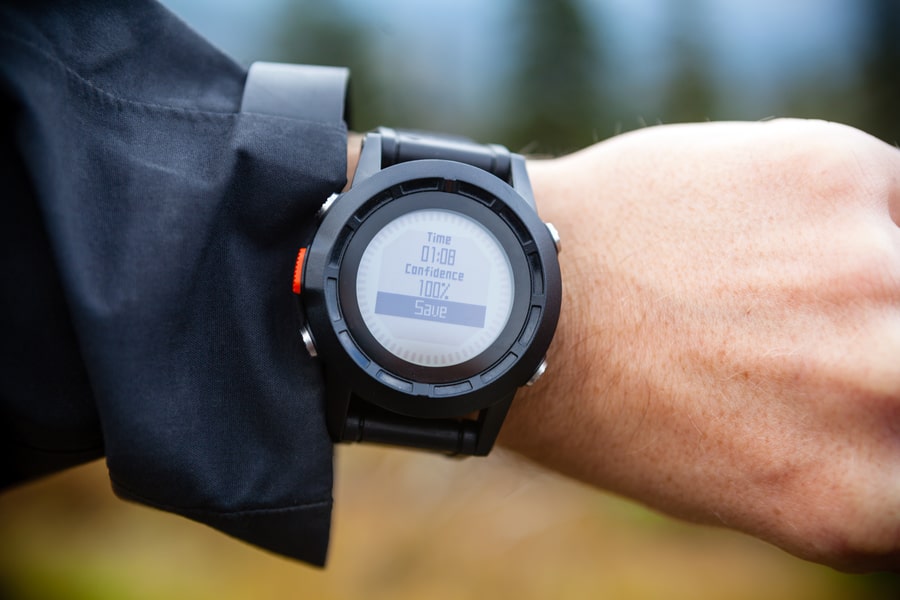Hunters know that going into a chase is a ritual of sorts, one that must not be interrupted by faulty organization and outmoded hunting accessories. Having diverse, but compact hunting gear is one of the most important things out in the woods. You need to rely on your backpack as much as possible without it being too heavy on your back.
You may like to hunt with a rifle or a bow and arrow or maybe you are hunting in a species-specific area; there are must-haves that you might be missing right now. Some items should be a crucial part of every hunter’s duffle bag. In this article, you can find the key accessories for every hunter, regardless of the weapon or the animal of choice.
Magnification
Magnification is the main power of a hunter, so it needs to be in your stack of hunting accessories. Having a high-quality magnifying device can make you into an even better hunter and can intensify the thrill on the hunting trail.
Any outdoorsmen can vouch that a pristine set of the magnifying device creates a big difference: there are no tired eyes and fatigue, plus it makes it easier to properly track game.
A great set of monoculars or binoculars can shape your whole hunting style and experience. Each device has its own positive and negative components, but choosing one or the other identifies your style as a hunter.
Monoculars
Monoculars are an optical device that has only one lens and are usually foldable, so they are lightweight and compact. They are sometimes referred to as a smaller version of a telescope because they are used for long-distance hunting. This hunting accessory is getting more and more high-tech, and nowadays you can find night vision monoculars or the ones that estimate dimensions of the game.
If you want to know whether or not you found monoculars of quality, check how the magnification power to image quality ratio - you have no use of the high magnification power if the image in the lens is poor. Also, check if it is resistant to bad weather conditions and if the lens is coated for increased light transmission - with great magnifying power comes great distortion of light.
Binoculars are still much easier to find on the market and they come in more shapes and sizes, but hunters are opting for monoculars because of their cost and weight. Since one pair of binoculars can cost twice as much to produce and is usually heavy, monoculars make a perfect substitute if not an upgrade. Note that monoculars have a narrower field of sight, but this downside is neutralized by combining it with a rifle scope.
Binoculars
Binoculars are, as their Latin name suggests, optical devices with two lenses that allow you to spot objects far away from you in a much wider field of view. They are a popular magnifying device because there is less chance to get eye fatigue or a headache when you use them.
That being said, they are more often used by nature observers than by hunters and there is a simple explanation of this preference division. While hunters use optical devices to spot and track prey, they usually don’t look through them for a long period all at once. You cannot get a headache from a quick glance through a monocular.
Binoculars are a useful tool for hunters that need a wider spatial view, and if you are an archery hunter a pair of lightweight binoculars should be a part of your hunting accessories. Hunting blind accessories kits also need a good pair of binoculars for a wider view of the scenery.
Knives and Daggers

A blade is an essential hunter’s tool and without it a hunter is helpless. Having a good, reliable knife means having a friend in the field - you need a knife that can cut, skin, peel, and start a fire.
Hunting knives and hunting daggers are tools with blades and an essential part of your hunting duffle bag. Both are sharp but do not serve the same purpose. While the hunting knife is used to skin the game, the dagger is used for killing the prey.
Dagger hunting is not that common anymore - it is rather considered a traditional method of deer and boar hunting. Knives are still serving the same purpose and that is preparing the game to become food. A more popular knife distinction within the hunter community is a fixed versus a folding knife.
Folding Knife
A folding knife has a blade that folds into a handle, making it safer to store and use. A good folding blade can follow you through your beginner hunting days, but it is also a useful tool for an experienced hunter. Having a folding knife as your hunting accessory is a smart thing, it is light and small, and it can usually fit in your front pocket. This knife is easy to use and versatile, it sometimes comes with several additions, such as scissors and files.
Folding knives do not require a special case or a sheath, and they are safer for occasional hunters. However, they are harder to clean in the folding crevices and they are not as sturdy as fixed knives, so they might break if you try to break a ribcage. An experienced hunter would recommend having a pocket knife just in case, but investing in a high-quality fixed knife.
Fixed Blade Knife
The knife whose blade stands fixed onto a handle is considered the most reliable hunters’ tool out of all hunting accessories. Fixed knives are strong, reliable, but also unsafe and dangerous for inexperienced handlers.
Fixed knives can be versatile, as well - some companies produce interchangeable blades that can be put onto a handle. It is not as practical as a folding knife, because it has to be worn in a special case and it is bulky.
You have to make your choice between investing in a folded or a fixed blade based on practical reasons and your hunting ambitions. You want a fixed knife as a part of your deer hunting accessories or your coyote hunting accessories, but your duck hunting accessories can be complete with a good old sturdy folded knife.
Trail Cameras

Trail cameras are remote video or photo recorders that are put in the wild to capture events in the absence of a hunter. Every decent wildlife hunter needs a trail camera with a sensor, so if you are thinking seriously about hunting, consider investing in this helpful device.
Every hunter knows the excitement of looking through the photos or videos that a trail camera took. It does not change the feeling of waiting in the woods with a bow and an arrow, but it sure is close to it. Modernization brought innovation to every aspect of our lives, and this applies to hunting accessories as well.
Wireless trail cameras came in place of the traditional ones, but is there something that keeps the traditional remote cameras in the game?
Traditional Trail Cameras
Trail cameras work on a ‘’come and collect’’ principle, meaning that the captures are saved to an SD card and you have to go into the woods, find the camera and collect the card. When you get to your computer you can transfer the data and look at the pictures or videos that the camera took in your absence.
Considering there is a need for constant physical contact with the camera, the traditional trail camera is a good option if you put it somewhere close to your home. Also, it can be a useful tool on a bait site, as you would need to visit the site regularly to feed the prey. Note that traditional trail cameras make pictures of much better quality even during the night, so having it as a part of your hunting gear can help you study the game.
Cellular Trail Cameras
Cellular or wifi trail cameras send captured data directly to your phone, so you can watch live what is happening in the wild. They require some kind of data plan because they do use a cellular network to get through to your phone.
When you search for a good cellular camera watch out for the ones with the flash, as those can spook the prey during the night. Also, they usually have a much better sensor, and their capture is triggered faster so that those deers do not get away from your sight.
Cellular trail cameras are a much more expensive part of your hunting gear, but if you are a serious hunter - they are worth it. Experience shows that you get better, more effective, and less disturbing to the animals.
Source of Light
Having a good flashlight can save a life, there is no question about it. This is probably the most inexpensive part of every bag of hunting accessories, but it is an essential one. Using some source of light is useful if you are hunting in a public area during the night because you are establishing that you are not prey.
Handling weapons during nightly hunting sessions should not be done without any type of flashlight, and the same goes for handling the knife after you have caught the game. Getting through the dark woods sometimes is not possible without your favorite flashlight.
Hunters like to use hands-free lights, so they can have more freedom of movement. It is simpler to have a flashlight on top of your head, so you can move more quickly with both hands.
A Watch And a Compass

Although these two items seem outdated, they still serve their purpose in the great outdoors. They are a safeguard for when your phone’s battery dies out and when you lose reception.
Knowing where you are and where you are going is of great importance, so every hunter should have a compass as a guide. Not only does it makes you safe, but it also helps you track the movements of your game.
A pocked watch is not a necessity as you can have a watch on your wrist, but how much cooler is it to pull out an antique pocket watch on your next hunting campaign?
Hunting Gear Depends on the Hunter
Hunting gear is a private matter of each hunter. It is highly adjustable and varies depending on the hunter's style and habits, but some things are a must-have for everyone who is just getting interested in hunting. Hunting accessories can always be modernized, but some items from this list will last you forever. Whether you are going deer or dove hunting, a good pair of monoculars, a sturdy knife, and a pair of night goggles are an essential part of your duffle bag.